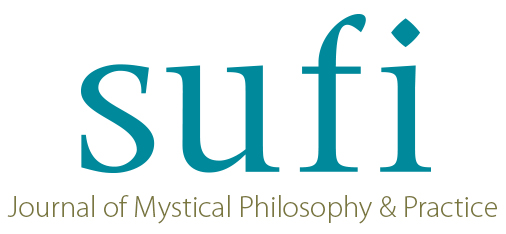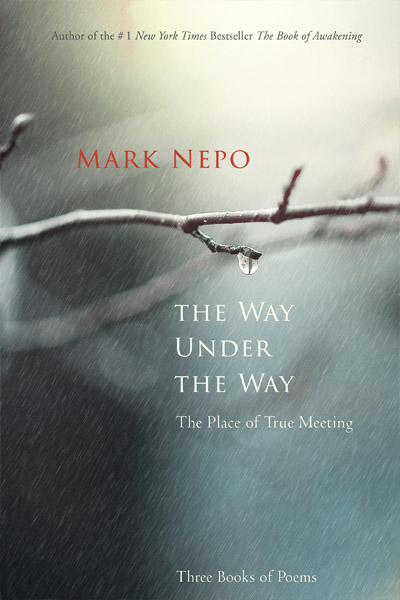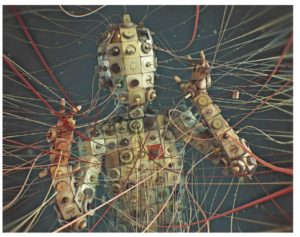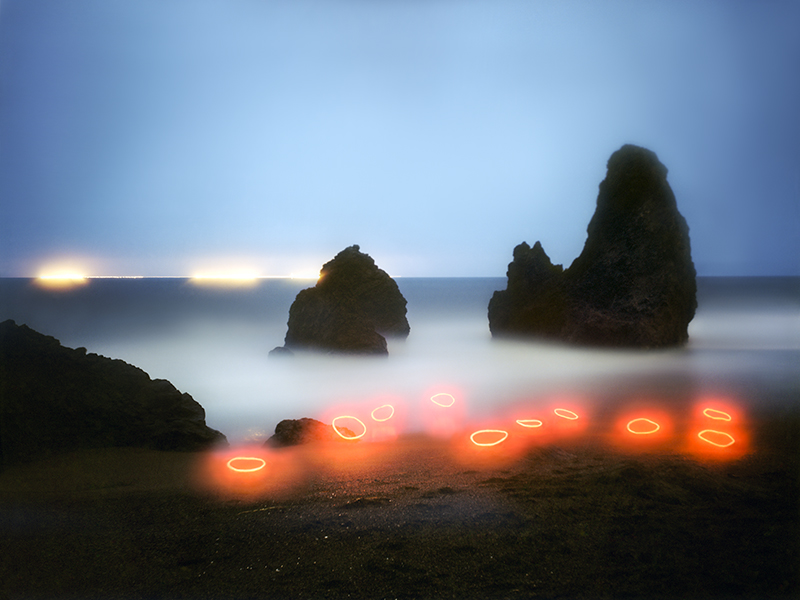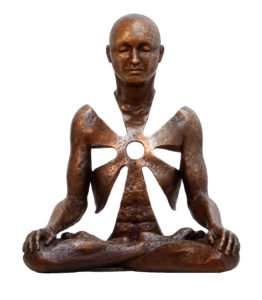NOTES
1 David Ray Griffin, God and Religion in the Postmodern World (Albany State University of New York Press, 1989) p. 51.
2 Peter B. Todd, The Individuation of God, (Wilmette, IL: Chiron Publications, 2012) p. 5.
3 Thomas Berry, Evening Thoughts (San Francisco, CA: Sierra Club Books, 2006) p. 154.
4 F. David Peat, Synchronicity: The Bridge Between Matter and Mind (New York, Bantam Books, 1987) p. 192.
5 Andrew Harvey, The Sufi Way of the Beloved: The Sufi Path of Love . (The Shift Network) transcript of Module 2, p. 10.
6 Brian Swimme, Hidden Heart of the Cosmos (Maryknoll, NY: Orbis Books,1996), p. 100.
7 Andrew Harvey, The Sufi Way of the Beloved: Radiant Bewilderment as the Gate to Oneness,(The Shift Networkk Transcript of Module 5, p. 20.
8 Andrew Harvey, The Sufi Way of the Beloved: The Glory of the Glory. (The Shift Network) transcript of Module 4, p.11.
9 Martin Lings, What Is Sufism? (Berkeley, CA: University of California Press, 1975) p. 65.
10 Andrew Harvey, The Sufi Way of the Beloved: Radiant Bewilderment as the Gate of Oneness,(The Shift Network) transcript of Module 5, p, 25,)
11 Peat, Synchronicity, p. 88.
12 Peter B. Todd, The Individuation of God p. 8.
13 Andrew Harvey, The Sufi Way of the Beloved: The Way of Passion.(The Shift Network) transcript of Module 6, p. 4.
14 NY Review of Books, Vol, LXIII, No. 17, Nov. 10, 2016, review of George Musser, Spooky Action at a Distance, p. 52.
15 Brian Swimme, The Powers of the Universe (Center for the Study of the Universe, www.storyoftheuniverse.org. 2004), Episode 1, Seamlessness.
16 Lothar Schäfer, In Search of Divine Reality (Fayetteville, Arkansas: The University of Arkansas Press, 1997), p. 5.
17 NY Review of Books, Vol, LXIII, No. 17, Nov. 10, 2016 review of George Musser, Spooky Action at a Distance, p. 52.
18 Andrew Harvey, The Sufi Way of the Beloved: The Glory of the Glory: Ibn Arabi, (The Shift Network) transcript of Module 4, p. 1,9.
19 Quoted in Maria Jaoudi, Christian and Islamic Spirituality (New York: Paulist Press, 1993) p.84. Upton, Doorkeeper, p. 48
20 Jaoudi, Christian and Islamic Spirituality, p. 34.
